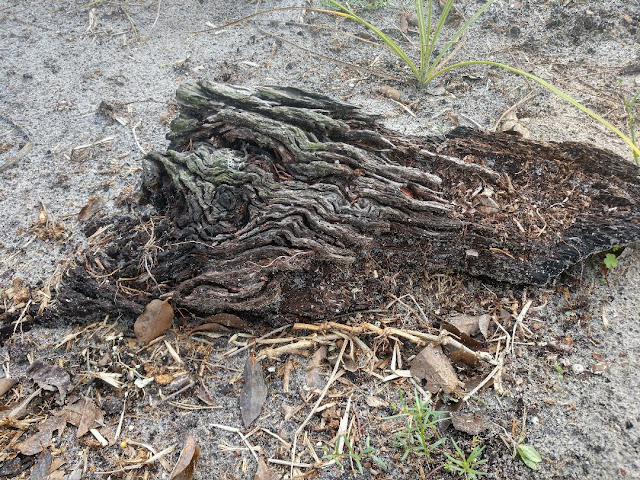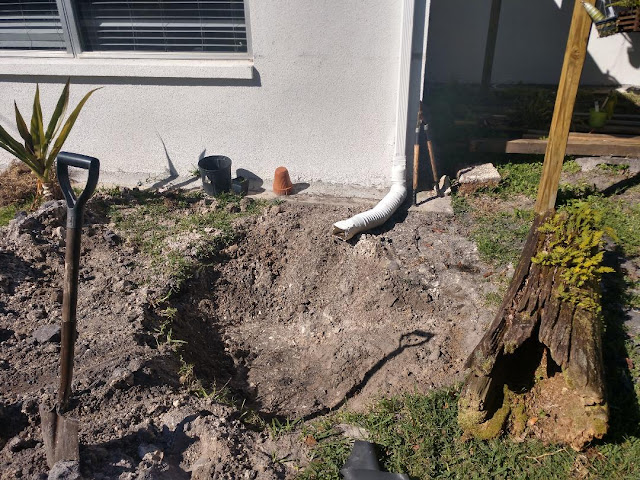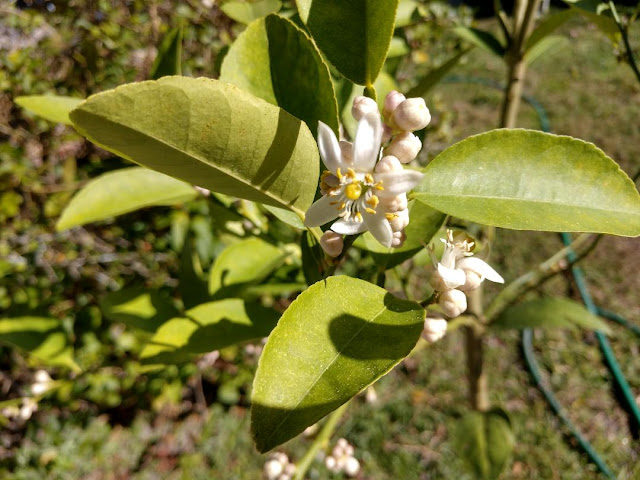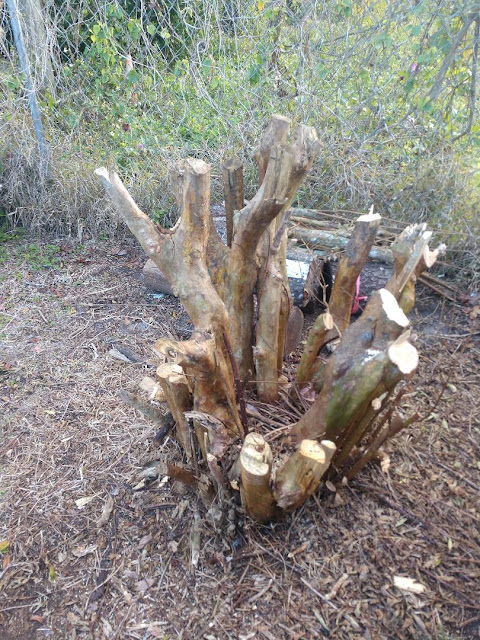Adding Structure

A living landscape is more than the individual plants. I believe it must also include the other elements one would find in nature - things like decaying wood with all of its lichens, mosses, and fungi. That is why I am always on the look out for interesting pieces of wood when I am out in nature exploring and if that place is not a protected area, I may bring home something like the piece above that I have added to my new wildflower garden. Adding structure is much more than adding something aesthetic. It can serve a number of important functions. For one, it provides a platform for many of the plants and non-plants, like lichens, that are too-often overlooked in a landscape. When I ponder the value of landscape diversity, I always take into account the "little ones" - because increasing their diversity as well seems important to me. I've had this piece of old heart-of-pine now for nearly a decade. In this time, it has continued to support a diverse flora of mosse


